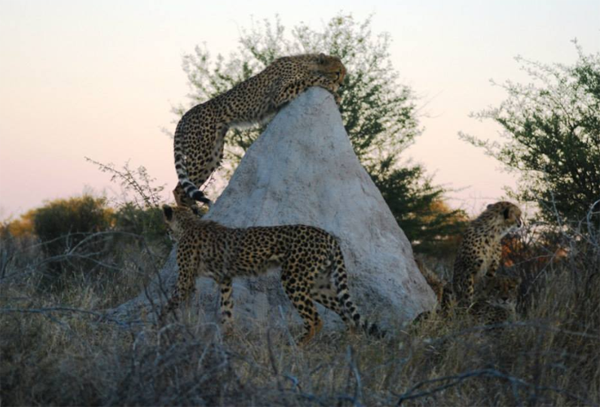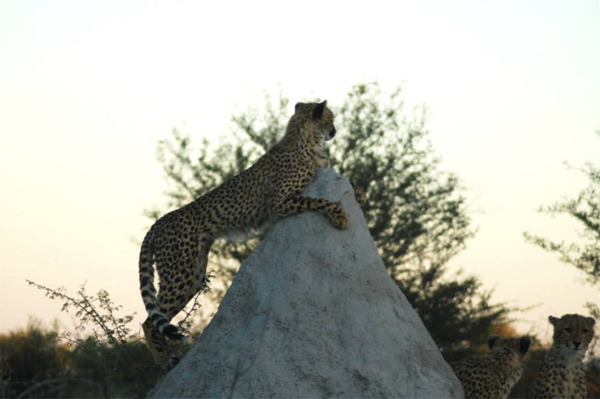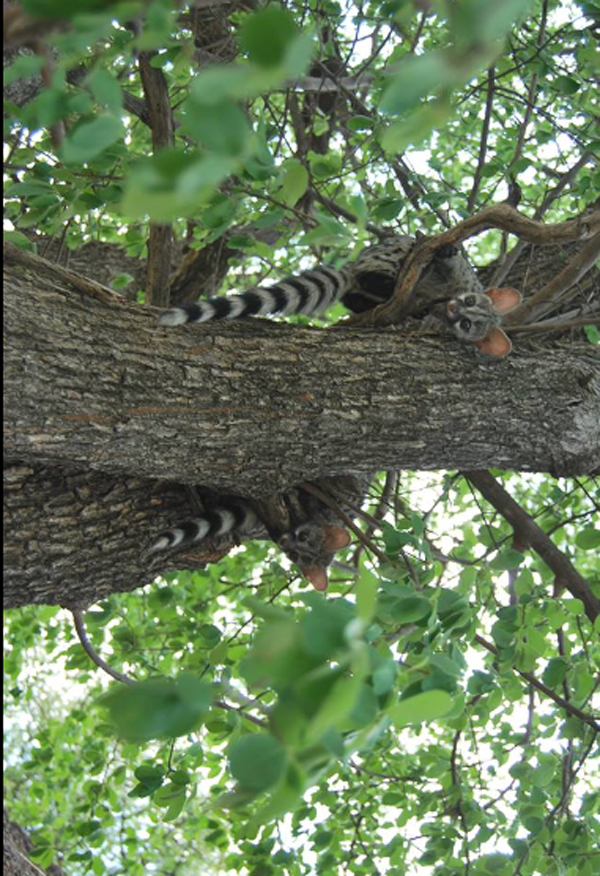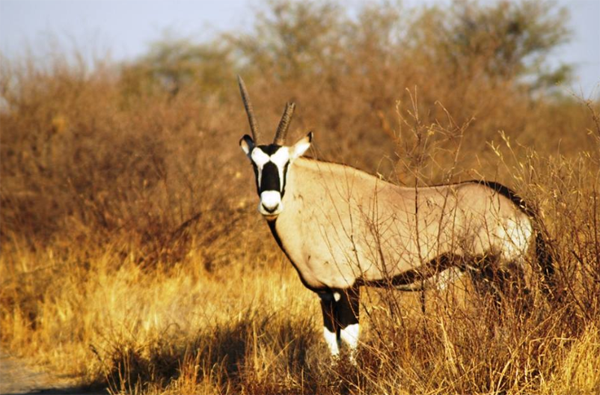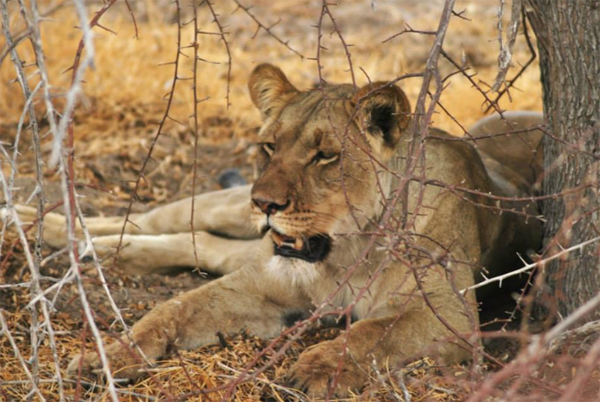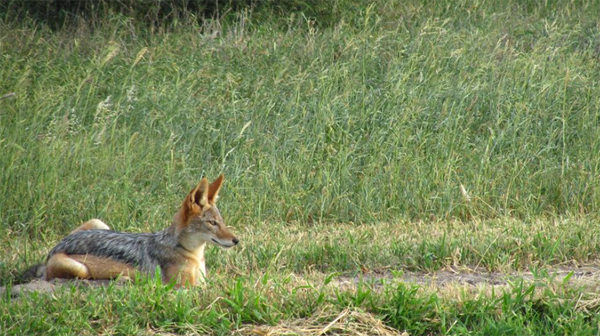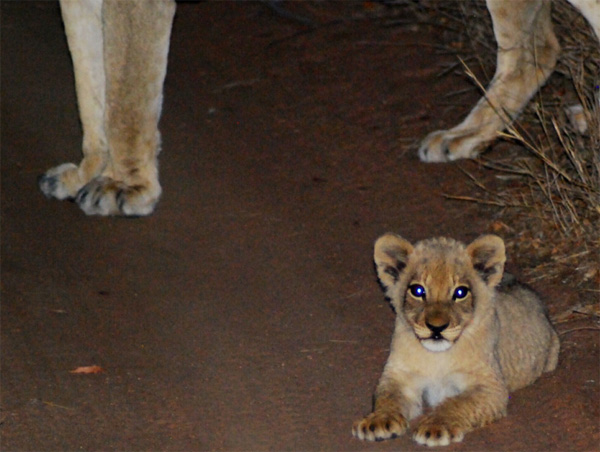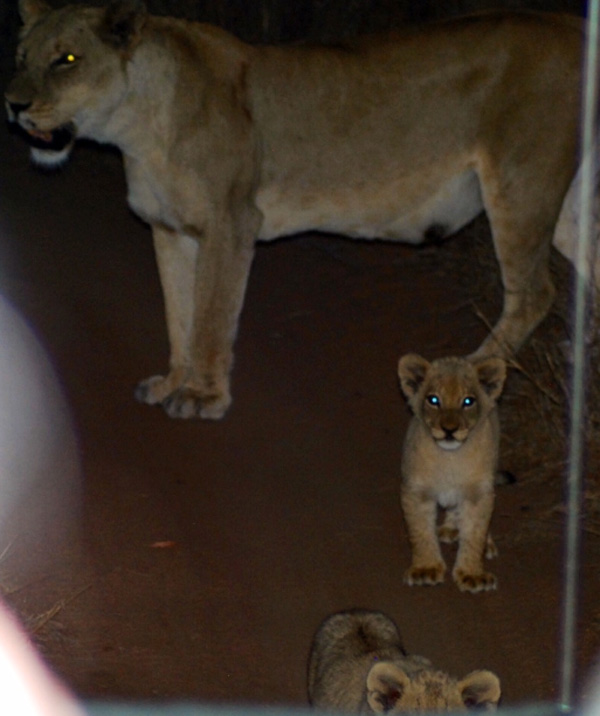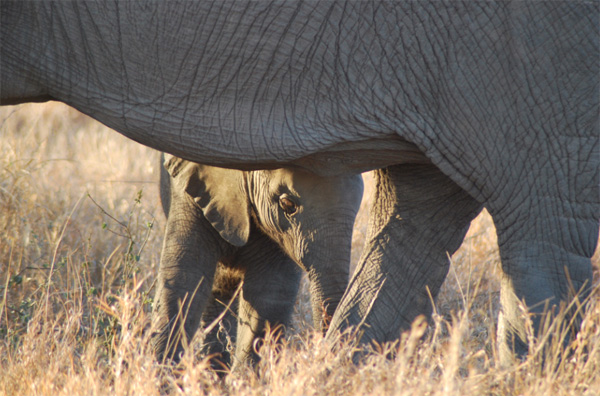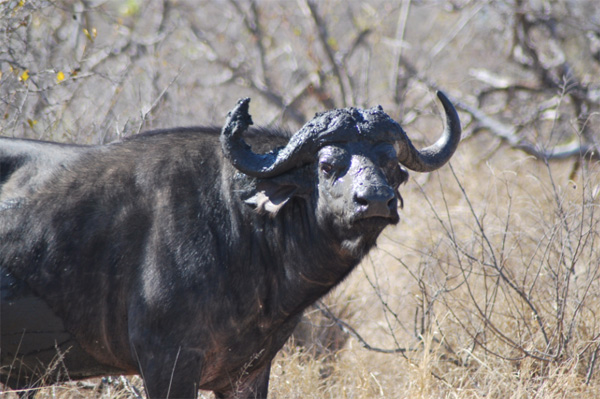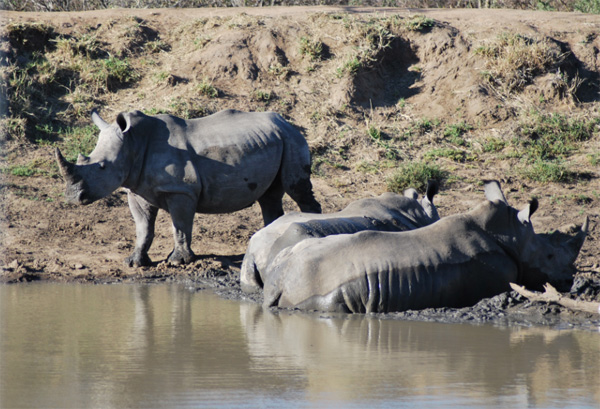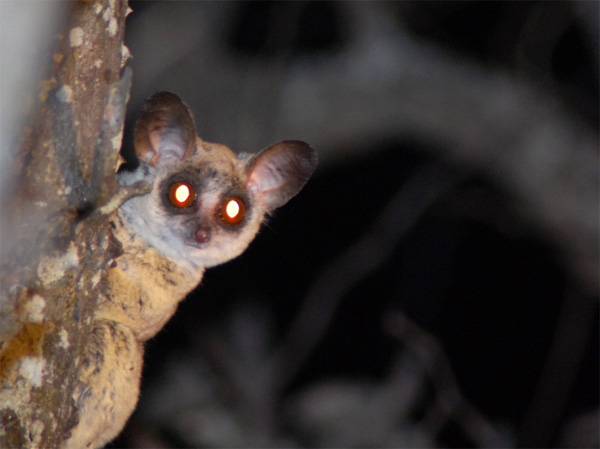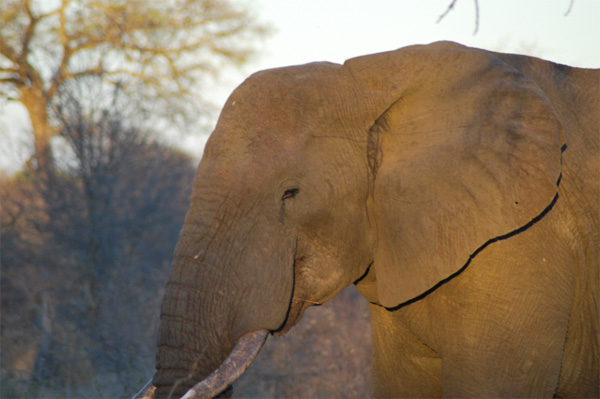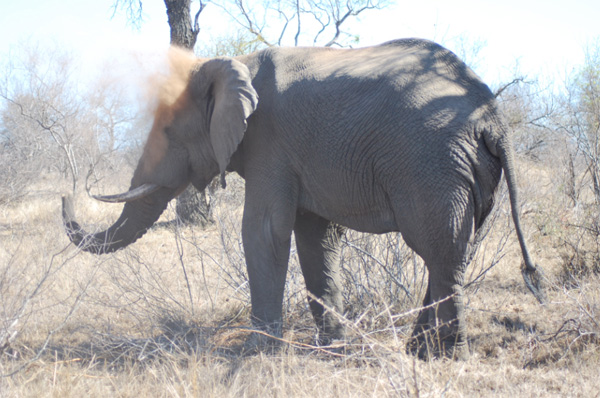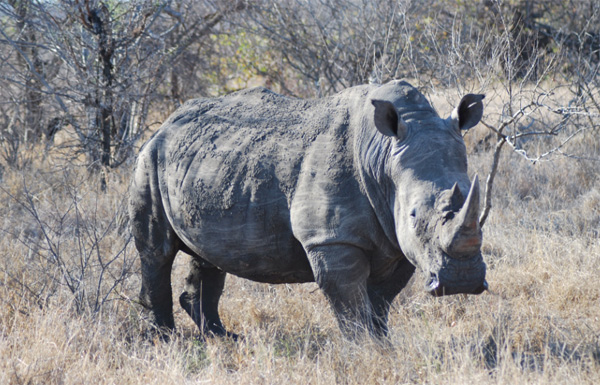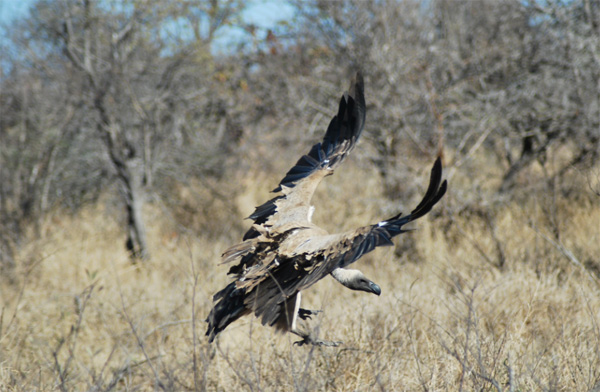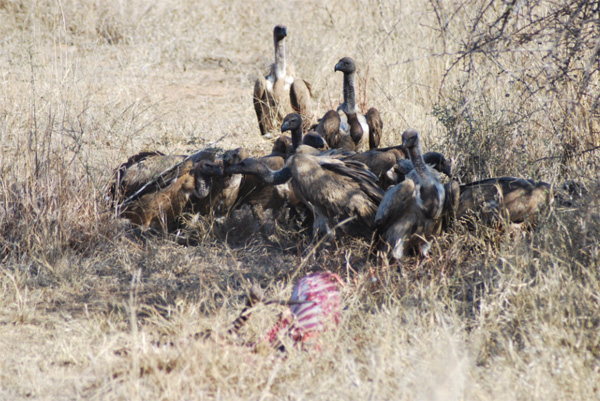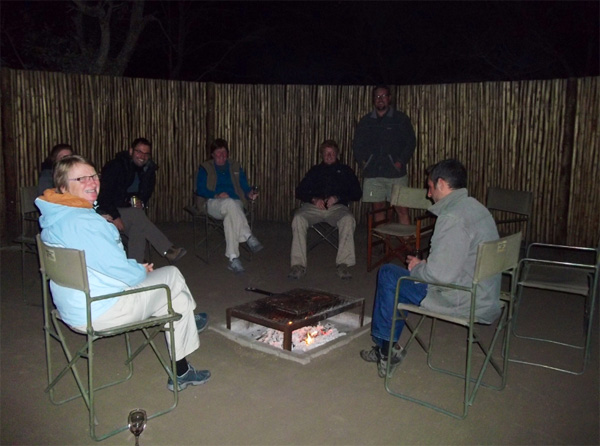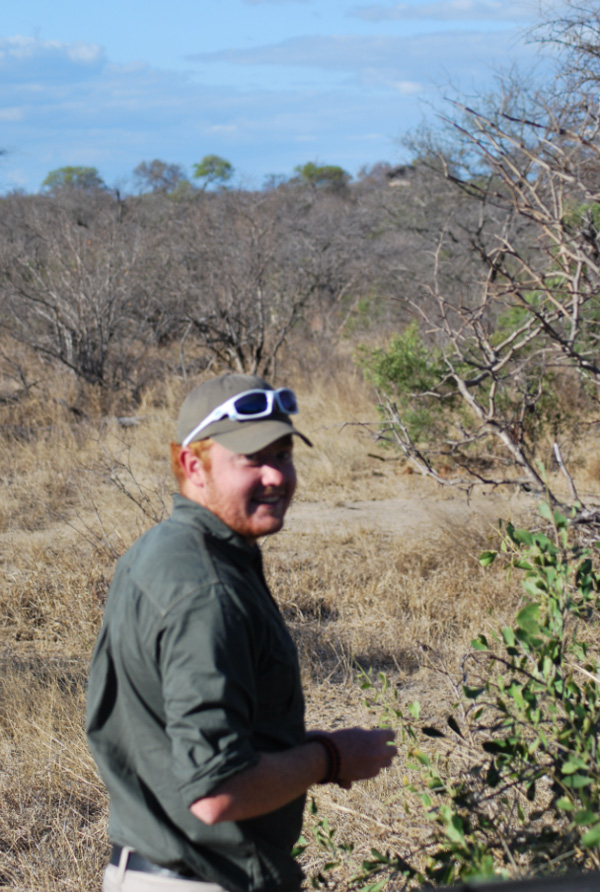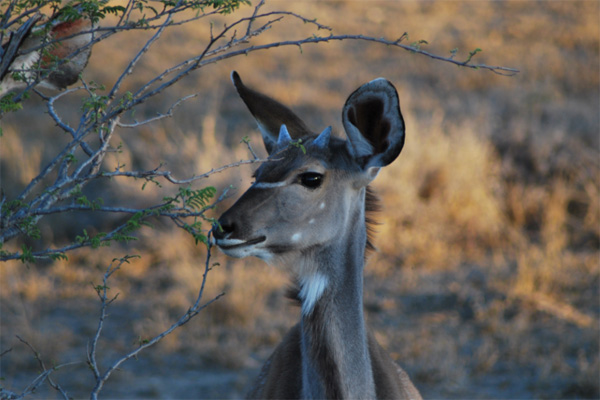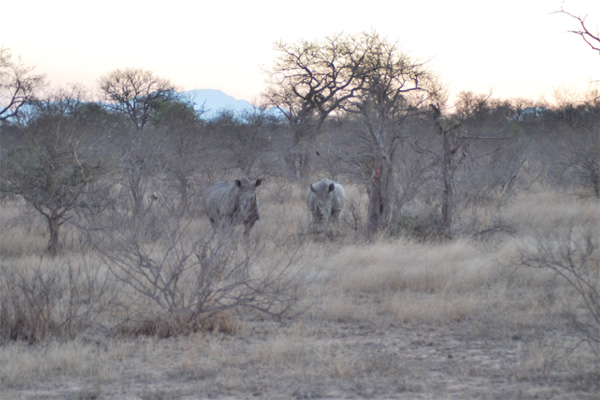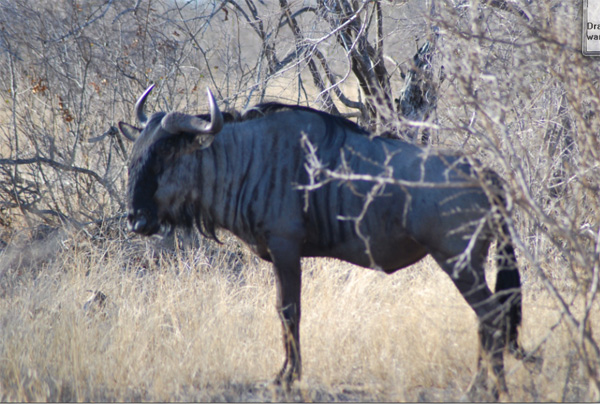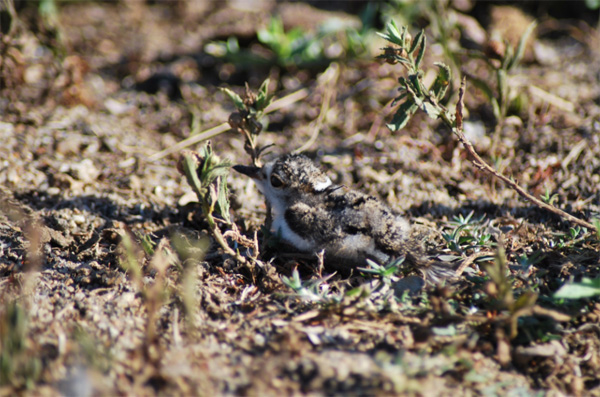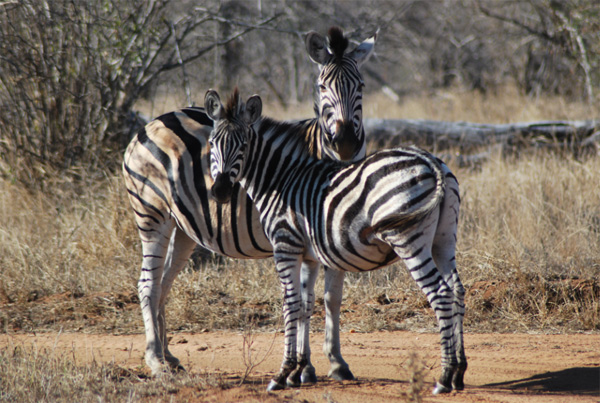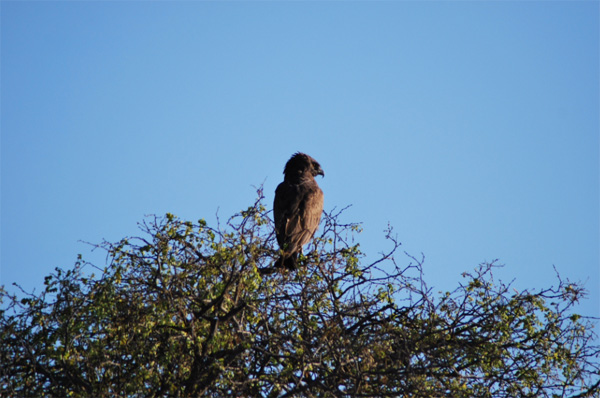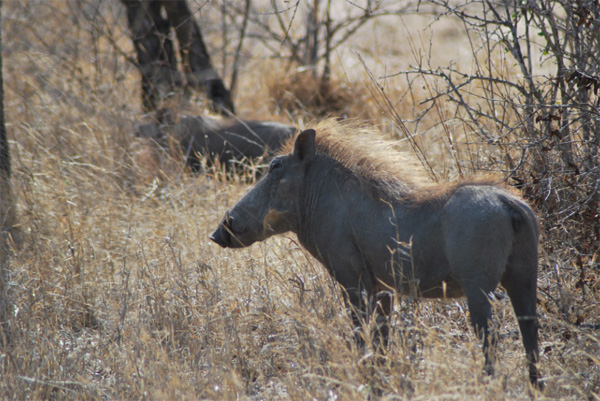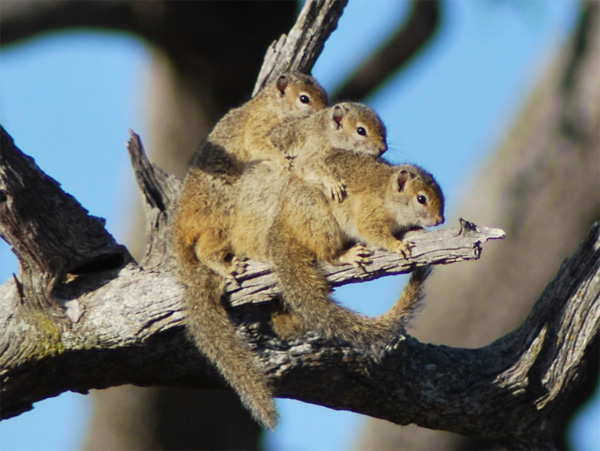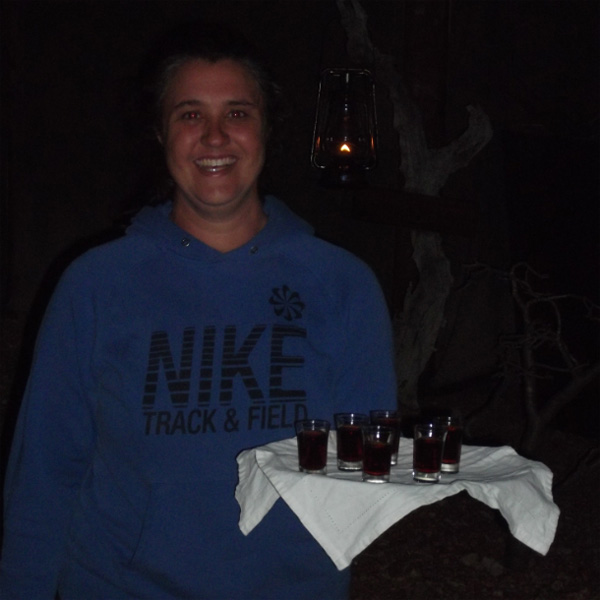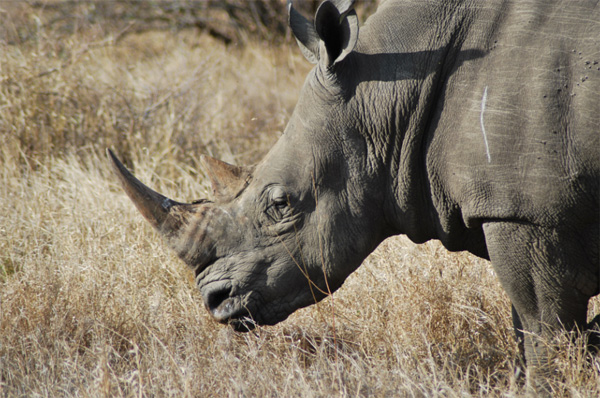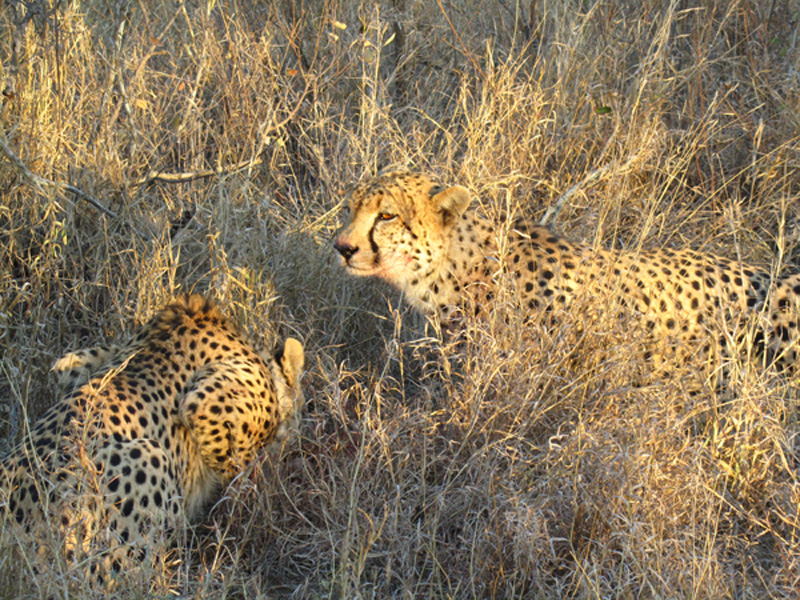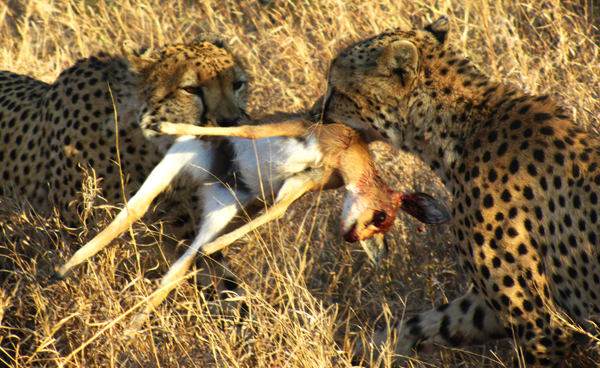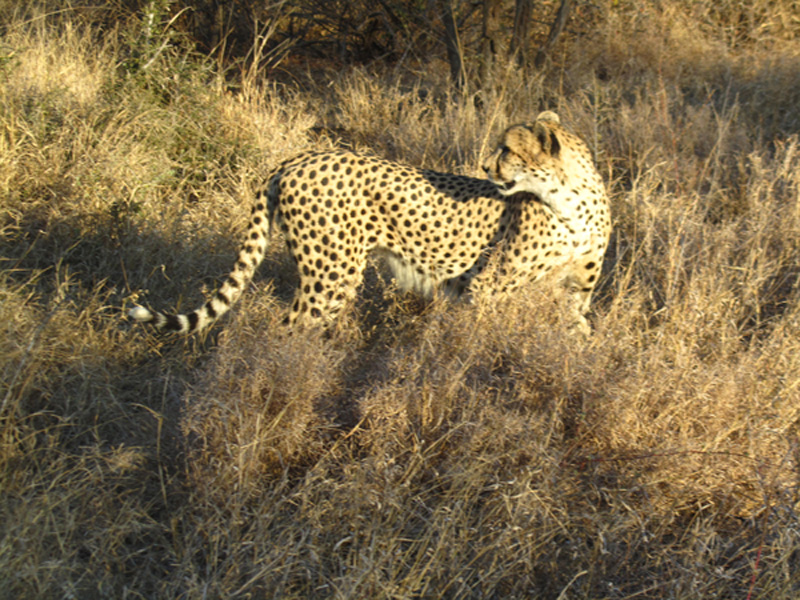The Wildlife of the Haina Kalahari Lodge
The Kalahari has been a buzzing with wildlife activity in recent weeks. The rangers at Haina Kalahari Lodge have managed to collate a series of images of the local wildlife inhabitants in and around camp. Below are a few of the more common species found in abundance throughout the expansive and mysterious Kalahari.
Cheetahs of the Kalahari
Cheetahs normally roam the Kalahari in family groups of 2 – 6 but have also been known to favour the solitary lifestyle. They prey on small antelope species and rarely ever take down large mammals unless they’re hunting in a coalition. They lack the strength to take down a large mammal while on a solitary hunt, thus settling for smaller species. Cheetahs use their speed and agility to ambush prey but, unlike other cats, they cannot rely on their strength for surivial.
Below are a few images of a family of 3 cheetahs exploring a termite mound at Haina Kalahari Lodge.
Genet Cats in the Kalahari
Genet cats are adorable, inquisitve creatures who have adapted their behaviour to survive in a human environment. With the ever increasing human population encroaching on their natural habitats; they have had to source alternate food sources and have even been known to steal poultry. The Genet cats at Haina spend their time darting between the trees in and around camp. This year we’re hoping for an additional litter to the current Genet cat population.
Kalahari Gemsbok (Oryx)
The Kalahari Gemsbok (Oryx) is a well-known sight in the Central Kalahari. With their spectacular horns averaging 85 cm in length and distinct colouring they are a remarkable breed of antelope. You will often find images of the Kalahari depicting barren lands littered with Umbrealla Trees and Oryx; which is a typical Kalahari scene.
Female Gemsbok have long, slender horns and males have narrow, straight horns. Males use their horns for fighting and females use their horns to defend themselves and their offspring from large predators. If the horns break off they cannot grow back – as depicted in the below picture.
Lions of the Kalahari
The black-maned lions of the Kalahari have quite a rogue atmosphere about them. Their thick, dark manes are thought to trap in the heat which keeps them warm on the bitterly cold Kalahari nights. It also gives them a slightly more foreboding look about them. They are not used to game vehicles and are therefore suspicious of humans. Consider yourself lucky if you get to see these indigenous Kalahari lions.
Impala at the Waterhole
There are always guaranteed sightings of impala. Although one of the most common species of antelope to view while on safari, seeing a herd drinking at the waterhole is still a moving experience. You will often notice a herd of females sheparded by a dominant male. The below image was taken at the Haina waterhole in front of camp.
Black-backed Jackals
There is no better reminder that you’re in Africa than listening to the cry of the Black-backed jackal at night in the Kalahari. Often seen playing on the airstrip at Haina at dusk, these intelligent creatures spend most of their time hidding in the shrubbery. They’re intelligent, remarkable creatures who live together in pairs but hunt in family groups. Below is one of the resident jackals relaxing next to the airstrip at Haina.

